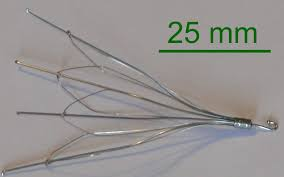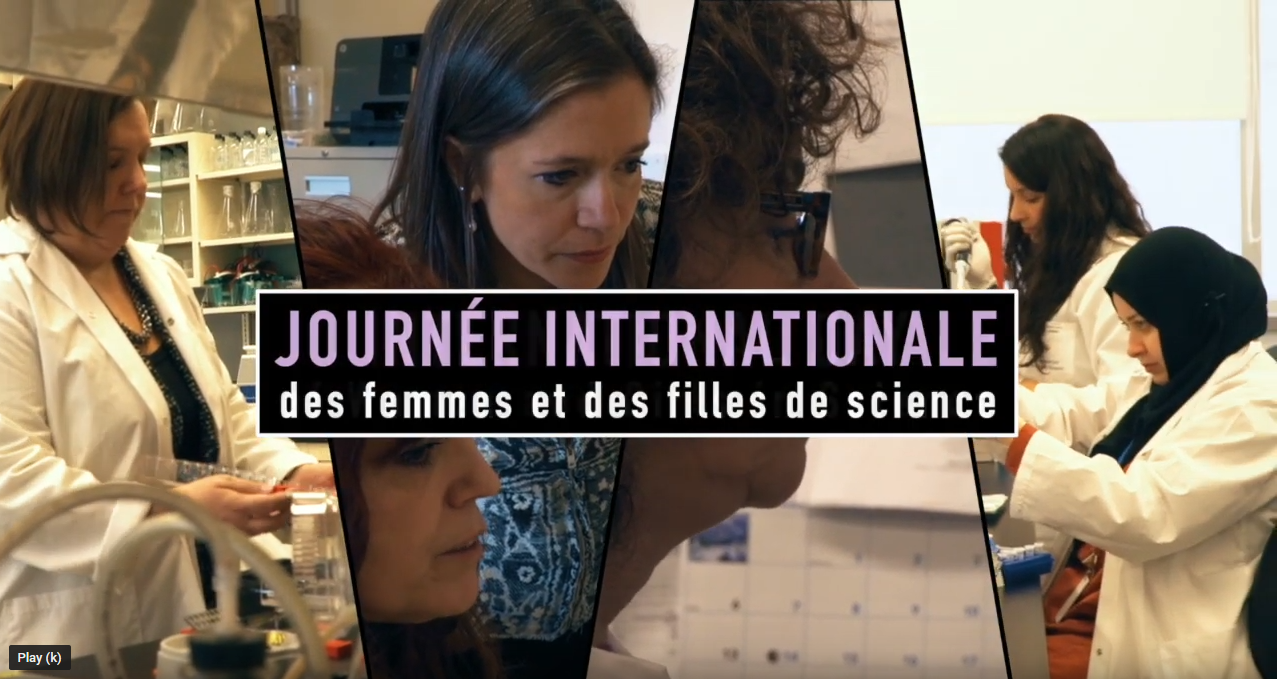IVC Filters Information
Inferior Vena Cava (IVC) filters
The first IVC filter prototype was created by Dr. Kazi Mobin-Uddin who published his findings in 1969. IVC filters were first introduced for use in 1998.
Why would a doctor order an IVC filter?
An IVC filter may be used when a person with Deep Vein Thrombosis (DVT) and or Pulmonary Embolism (PE) is unable to receive anticoagulation (blood thinning medication), such as when there is active bleeding, especially within the first month after diagnosis of the blood clot.
What is an IVC filter?
An IVC filter is a small device that looks like the ribs of a miniature umbrella. It is placed through a catheter into the inferior vena cava (IVC) which is a very large vein in the middle of your body. The IVC carries blood from your legs into your heart. An IVC filter is placed to prevent blood clots from moving from the veins in your legs into your lungs.

How is an IVC filter inserted and what should I expect?
The insertion of an IVC filter is done by a radiologist and his/her specialized team of nurses and technicians. They use radiological imaging in real-time to direct the device into place.
The following is what happens during an IVC filter insertion:
- An intravenous (IV) line will be put in your arm or hand before the procedure starts.
- You will be given sedation through this line which will make you relax and often sleepy during the procedure.
- Hair in the area of your procedure (neck or groin) may be removed if necessary and the area may also be numbed with local anesthesia administered through a small needle into the skin.
- Your doctor will make a small incision in this region to access to the vein that leads to the IVC.
- A long thin tube (catheter) will be inserted into this vein.
- Using continuous X-rays called fluoroscopy, this tube will be moved up into the IVC. X-ray dye (contrast material) may be sent through the catheter to directly visualize the location of the IVC.
- Once satisfied with the location of the catheter within the IVC, your doctor will release the filter into place. The filter will expand and attach itself to the walls of your IVC.
- The catheter will be removed.
- The incision area will be bandaged.
- The IVC insertion itself generally lasts approximately 30 minutes
Post IVC Insertion Recovery:
After the procedure you will be monitored by the healthcare team. They will check your bandage for any excess bleeding, your blood pressure, heart rate, breathing, the colour of your limb(s) and how you are feeling.
You will be given pain medicine if needed. You may have a headache and/or nausea, but these should go away quickly and can also be treated with medications if needed.
Is the IVC permanent?
IVC filters are most often retrievable. This means that they can be removed by a specialized radiologist when your thrombosis doctor deems you are no longer bleeding and it is safe to use blood thinners, generally within 3 months of insertion. On occasion, your thrombosis doctor may recommend the IVC filter remain in place for a longer term.
What are the risks of an inferior vena cava filter placement?
Below is a list of some of the potential risks of this procedure:
- Infection
- Excess bleeding
- Allergic reaction to medications and/or contrast material
- Damage to the blood vessel at the insertion site
- Blockage of blood flow through the vena cava
- Migration (dislogdment) of the filter to the kidneys, heart, or lungs
- Perforation (piercing) of the inferior vena cava
Risks may vary based on your overall health, the severity of your condition, and other factors. These risks will be discussed with you by the radiologist responsible for the procedure prior to obtaining your consent.
What should I be on the alert for after I go home?
Call your provider right away if you have any of the following:
- Coldness or numbness in one of your limbs
- Bleeding at the site that doesn’t stop with pressure
- Swelling at the incision site that gets worse
- Pain at the incision site that gets worse
- Leaking of fluid from the incision site
- Redness or warmth at the incision site
- Fever
- Chest pain
- Shortness of breath
- Decreased urine output
- Blood in your urine
- Headache, nausea, or rash that doesn’t go away




